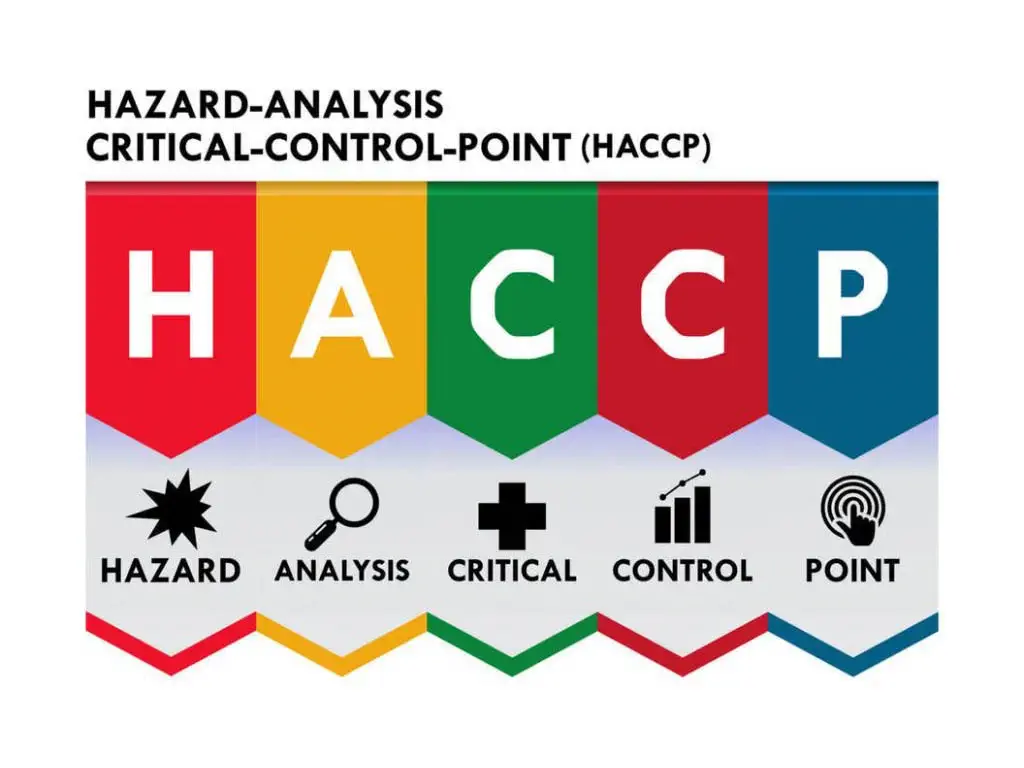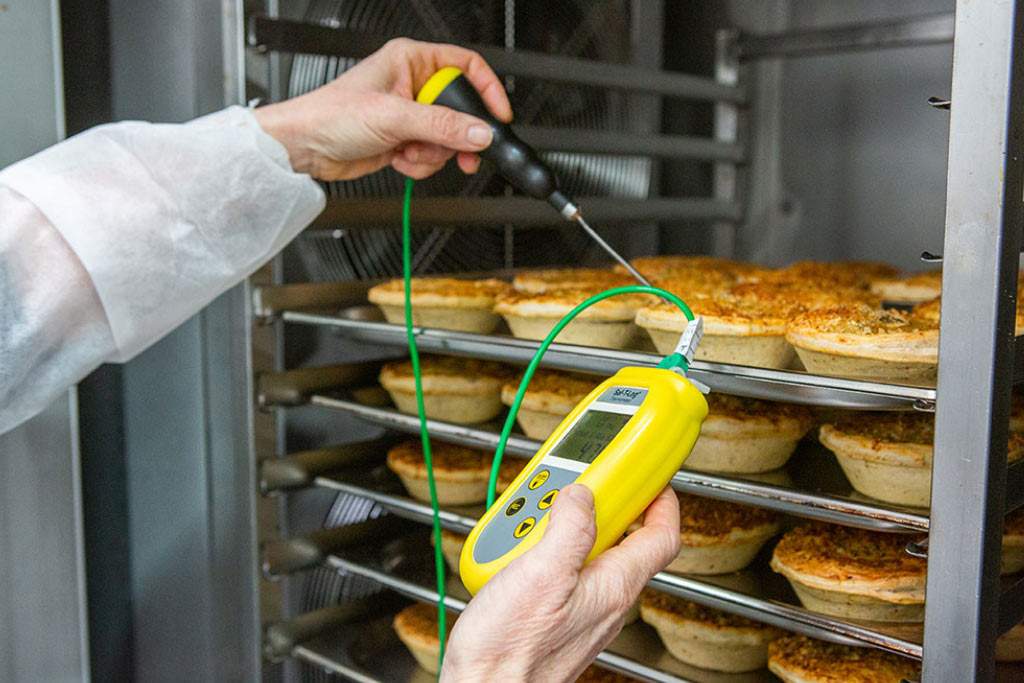
HACCP is a system that helps companies manage food safety. It involves identifying, monitoring and controlling food hazards in order to prevent their occurrence. Every company is different, so it must use HACCP principles to develop a food safety management system that applies to its own requirements. There are different types of food safety hazards within this system, but here we only look at the HACCP temperature requirements.
The acronym HACCP stands for Hazard Analysis and Critical Control Point.
There are four main types of hazard to be aware of:
These are the areas of your business where hazards must be avoided, monitored and controlled.
For microbial hazards, critical control points include things like monitoring food temperature to prevent the growth of harmful bacteria.
Chemical hazards must be controlled using COSHH (Control of Substances Hazardous to Health) regulations to prevent hazardous substances from coming into contact with food.
Controlling physical hazards can be as simple as banning glassware and jewelry from the kitchen.
Allergen control includes maintaining an accessible list of allergens in each dish and using color-coded kitchen equipment to prevent cross-contamination.
Setting limits for your CCPs means establishing safe ranges for your critical control points, outside of which corrective action must be taken. For example, setting a limit on your refrigerator thermometers to alert you when the temperature exceeds 8°C, the legal limit in the UK.
Once the limits have been set, you need to establish a procedure for monitoring your PCCs. Monitoring your fridge temperature may involve checking your fridge thermometers four times a day and recording the results in a logbook.
It's important to establish corrective actions so that employees know what to do in the event that CCPs do not exceed established limits. For example, if the temperature of a refrigerator is out of range, the corrective action may be to probe the food inside the refrigerator and move it to another cold storage unit if it is still at a safe temperature, or to discard the food if it is not.
HACCP documentation is a crucial element of your food safety management system. It's proof that you're complying with legal requirements. If your company were to be investigated for a food safety incident and you didn't have a reliable data archive to support your case, you could face heavy fines.
The traditional method ofrecording CCPs is to use physical logbooks and manually record data every day. But this still leaves plenty of room for error. Entries can be made, written incorrectly or completed at the wrong time of day.
Increasingly, companies are turning to digital systems because they are more reliable, such as Bluetooth probes and Wi-Fi data loggers. Each entry has a time stamp and will be transferred to your device where the data is secure and accessible.
Common temperature CCPs for restaurants and catering businesses are as follows:
Deliveries - ensuring that cold chain food products are delivered within their safe temperature ranges.
Foodstorage - maintaining fresh and frozen foods at safe temperatures.
Foodpreparation - cooking food at safe temperatures.
Food service - keep food hot above 63°C and reheat food to 74°C.
Calibration - regularly check the accuracy of your thermometers.

There are many different types of thermometer you can use for each stage of your HACCP plan.
At the very least, the two HACCP process thermometers you should use are a refrigerator/freezer thermometer and a food probe thermometer.
If you're looking for an economical and reliable refrigerator thermometer , we recommend our digital alarm thermometer for fridge/freezer. The external probe means the device can remain outside your fridge, so you don't even need to open the door to complete your temperature check. The audible alarm will sound if temperatures fall outside your pre-set ranges, preventing costly food spoilage.
To save time on manual recording of fridge temperatures and increase the security of your data, another excellent choice is a Wi-Fi thermometer like the ThermaData TD2TC. It will automatically take readings at programmed intervals and send them to your device, where you can view the data worldwide, in real time.
A reliable cooking thermometer is essential for all food businesses. You should look for one that's accurate, fast and robust, like ThermaStick thermometers. Popular with chefs around the world, they're easy to use and built to last.